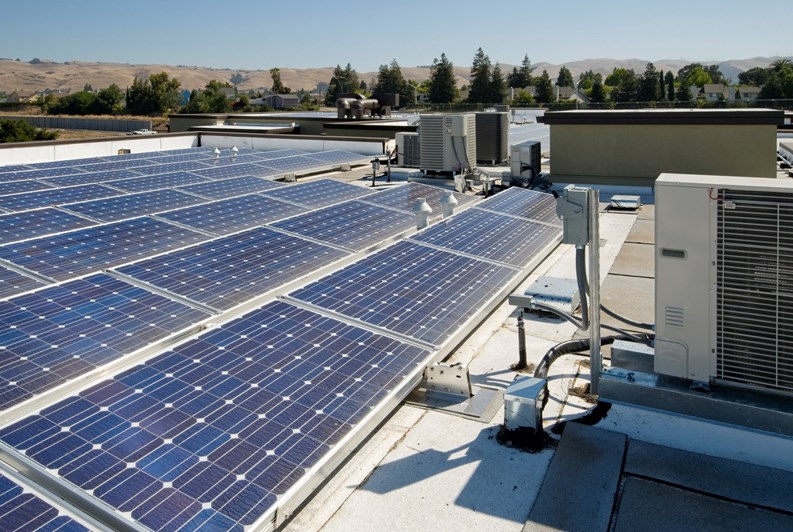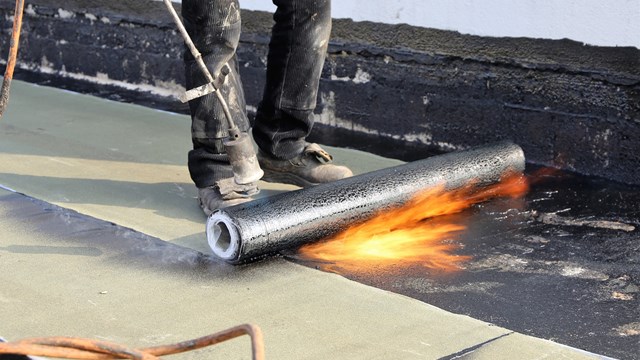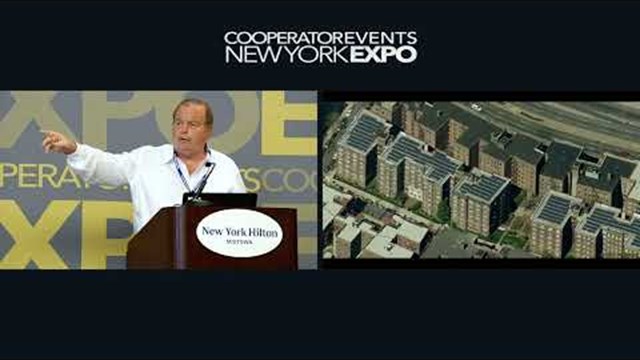Like empty tables in a restaurant, parts of your building may be costing you money instead of paying for themselves or making a profit. Roofs are a perfect example. But how could a co-op or condo make money from their roof?
This is where solar panels enter the picture through a little-known method called net metering, a term that many solar advocates are talking about, says McGowan Southworth, president of the Brooklyn-based company Brooklyn Power, a division of Zero Carbon Corporation.
“It’s the ability for your meter to run in both directions,” he says. "If you’re producing power on site, it allows the meter to go backwards. Essentially, whatever the end result is--meaning whatever comes from the grid versus the amount that comes from your roof at the end of the month--you pay. The utility provides you with a retail rate, the rate Con Ed charges for your energy consumption.” According to Southworth, some buildings have produced enough surplus energy with their panels to sell the surplus to other buildings at the retail rate.
A Solar Farm Grows in Brooklyn
Southworth says that his co-op, a 70-unit pre-war property located at 637 41st Street in the Sunset Park section of Brooklyn, is able to put way more energy production on its roof than used in the common areas.
“We devised a plan to use our roof as an asset to produce income for the building to keep our maintenance down against rising costs,” he explains. “We determined that if we combined our individual meters into a master meter [and] then submetered, we could distribute the asset equitably within the bylaws of the co-op and then save meter billing fees; gain meter data, which is a tool to understanding energy use; and we have built-in customers to buy our surplus energy. We created a “storefront” and we sell energy to ourselves. That’s how we create energy for our co-op.”
In addition to the profit that flows back to the co-op from the sale of their energy to their own corporation, the residents save money on billing fees from Con Edison. “Currently individual residents pay a ‘billing fee’ to Con Edison of $18/month,” explains Southworth, That’s an average cost of $216 a year per resident. In a 50-unit building that’s a savings of approximately $10,800 a year.
New Technology, Old Methodology
Perhaps the most interesting aspect of solar conversion is that master metering is a critical component of the program. There was a time when most New York City apartment buildings included electric and even gas in the monthly rent. That standard has gone the way of rent control and rent stabilization. Over the many decades of rising energy costs, landlords converted their master-metered buildings to individual meters, transferring the cost to residents. Considering the millions of users and the $18 a month ‘billing fee’ Con Edison is charging, the utility was only too happy to assist.
Well, everything old is new again. To save on energy, master metering is a critical linchpin in the solar energy conversion paradigm. On-site energy generation is one of the few reasons the Public Service Commission will permit a conversion to master metering
The Process
The conversion process can take about six months on average. A lot depends on how pro-active your board and managing agent are. “A decision can be taken within two board meeting cycles,” says Southworth. Once the decision has been made arranging the financing can be done in a few weeks. The strategy that allows for submetering is really where the process slows down. “We have to submit a petition for sub-metering to the Public Service Commission. They take 45 days to review and then there is a 60-day notice period to the co-op or condo members for the change over.”
The approximate cost for a conversion to solar is about $250,000 for a 70-unit building. With loans, grants and tax credits, there is little or no out-of-pocket expense. “In some cases,” Southworth says, “the incentives can exceed the cost of the project. But it is tricky to get them all. One thing we caution co-ops and condos about is to understand the process.”
For more information about solar panels and roofing, check out this page from the city's Department of Buildings website.
A.J. Sidransky is a novelist and a staff writer for The Cooperator and other publications.







Leave a Comment